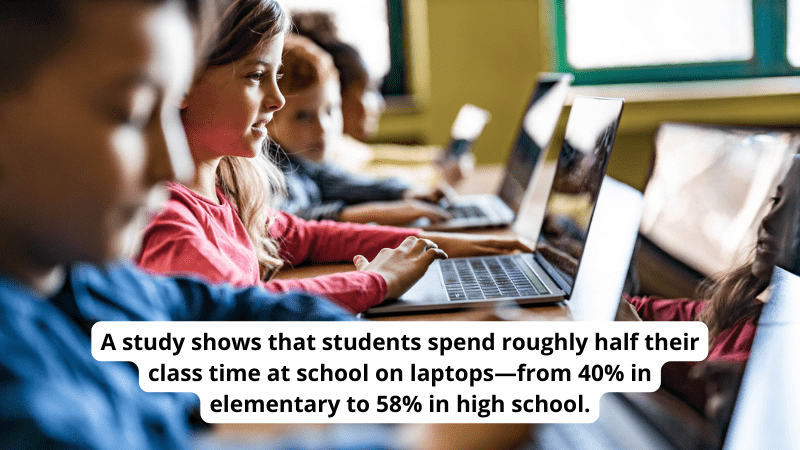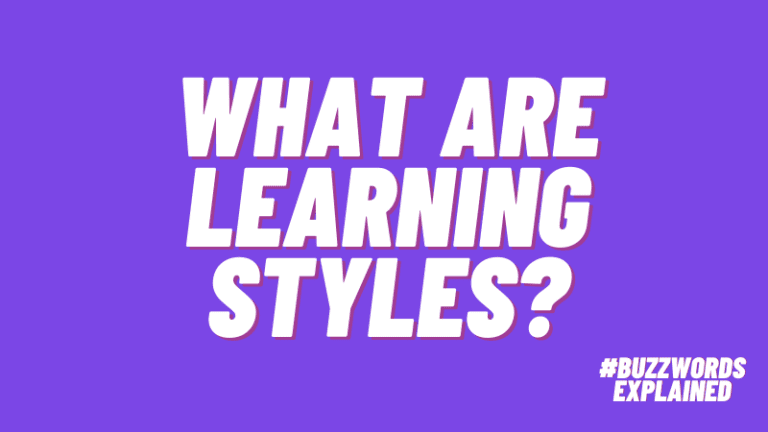When I first started teaching, using computers in my classroom was a struggle. With only a handful of computers for 30 students, they were far more trouble than they were worth. Between students forgetting log-ins, programs glitching, and my own shortcomings as a troubleshooter, I can’t say I was an early adopter.
Luckily, times have changed. Classroom technology and its associated protocols and systems are more streamlined and advanced. It’s not uncommon for each child to have his or her own laptop, and a lot of new software does a good job at adapting to student needs. To some, it might even feel like every child has two teachers instead of only one.
But they don’t. They still have one teacher (generally speaking), the teacher’s tools, and how the teacher uses those tools. It’s the fine calibration of these three elements that produces excellent instruction. This is a feat that no AI comes close to pulling off on its own.
Things Only a Teacher Knows
There is no substitute for sitting closely with a student and watching what they do and listening to what they say as they engage with a task. None. Even if a computer program spits out a glossy analysis and offers a prescription, there will always be a lost layer of complexity and nuance. A machine cannot detect nervousness, boredom, poor eyesight, dyslexia, or confusion with instructions. Human eyes and their accompanying brains see this stuff and subsequently can adapt instruction better. Computers can certainly have a say in what’s going on, but not the say.
Pro tip: Employ these programs only after you know your students well, and triangulate the programs with other data you’ve acquired.
The Risks for Kids
We all know to not look directly at the sun, and staring at screens isn’t that different. It turns out that our eyeballs like to “skim and scan” as opposed to “linger and examine” when looking at screens. The direct light emanating from those little rectangles is simply too much for our retinas to bear over time. This is particularly true for reading. Think about the effect on a students’ ability to read, and reread, and ponder under these conditions. If looking away or taking a break after a few minutes is embedded too early in a student’s mind, what could that mean for future activities that require prolonged attention? If you are thinking that you read on your computer all the time (you are doing it right now), this is a reminder that you likely started with books in the library first. With a recent study showing that students spend roughly half their day on laptops, this really adds up.
Pro tip: If you are asking students to read closely for deep understanding, paper is best.
A High-Tech Mirage
Teachers rightfully believe in the power of engagement, so any resource that seems to deliver this is very seductive. If students’ eyes are transfixed, their fingers are tapping, or they’re creating designs and videos tied to their personal interests, it can be quite exhilarating.
But if teachers are not careful, they could be mistaking not much for a whole lot. Every teacher has seen the beautiful but substance-free project. That’s because education is far more than a pretty facade. There are rarely any shortcuts for the elbow grease required to master a skill or acquire deep knowledge. Therefore, it’s important to tease apart how an activity makes an educator feel versus the impact the activity is actually having on student learning. Make evidence of students learning the north star, then let the laptops fall where they fit.
Pro tip: If students are using class time for research or publishing, have them bring in relevant books and make the appearance of a project matter far less than its content.
We all know that person who can walk into a kitchen and make a gourmet meal with ingredients that seem to have no culinary chemistry. In education, this is the teacher who gets remarkable results with old-fashioned or limited materials. This is how to build a great teacher: Start with a solid base, then add the bells and whistles. This is not Luddite speak—it’s what the evidence tells us about great instruction. Any luminary in the field will corroborate this finding. And kids are just spending too much time on laptops. Educators cannot control how much kids use technology at home, but they can make sure they are not contributing to the excess in school.
Pro tip: Unless laptops are germane to an activity, err on the side of foregoing the laptop.
What’s your favorite powered-down classroom activity? Let us know in the comments.
Looking for more articles like this? Be sure to subscribe to our newsletters!


